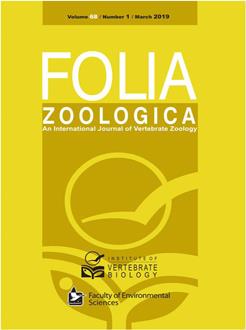Earthworms are an important food resource for a large number of mammals and one of the most largely used method to assess their contribution to mammals' diet is the search for chaetae in faecal samples. Nevertheless, the observation and the identification of these bristles often require properly trained operators and suitable instruments, since their detection can be difficult and time-consuming. We tested the “standard” method for chaetae detection by washing 1046 scats – belonging to four mammal species of the Western Italian Alps (Vulpes vulpes, Martes spp., Lutra lutra, Sus scrofa) – through three sieves differing in mesh size (1.00, 0.54 and 0.21 mm). Mesh size significantly affected the detection of earthworm chaetae, suggesting that the use of three sieves should be recommended in faecal analyses. Moreover, both earthworm size and mean number of chaetae per individual should be assessed in each study area prior to diet analysis.
How to translate text using browser tools
1 February 2019
Detection of earthworm chaetae in mammal faeces: methodological implications
Andrea Battisti,
Davide Giuliano,
Alessandro Balestrieri

Folia Zoologica
Vol. 68 • No. 1
February 2019
Vol. 68 • No. 1
February 2019
laboratory procedures
mesh size
scat analysis
Vulpes vulpes




